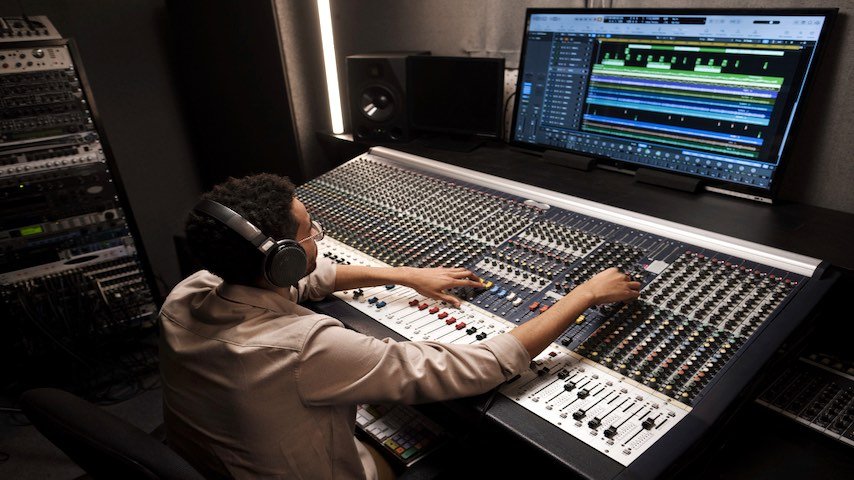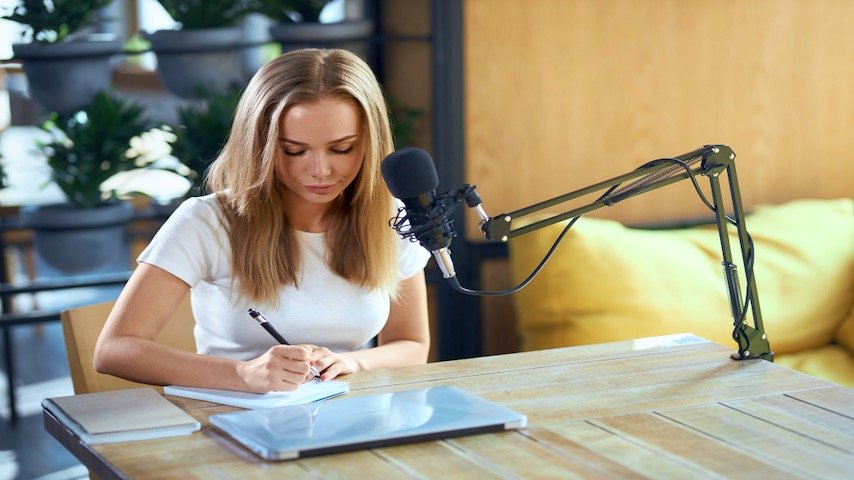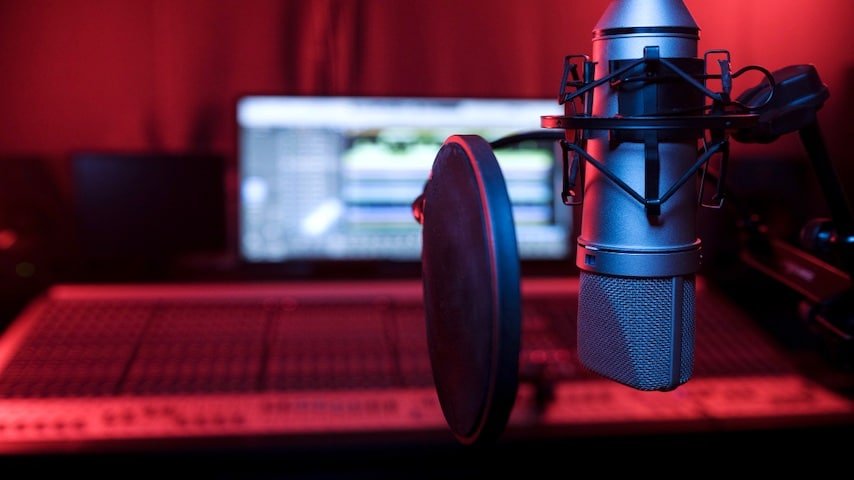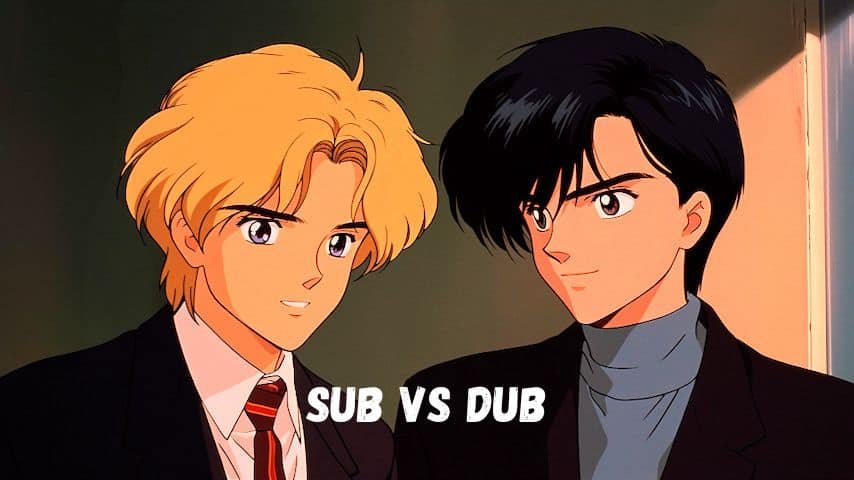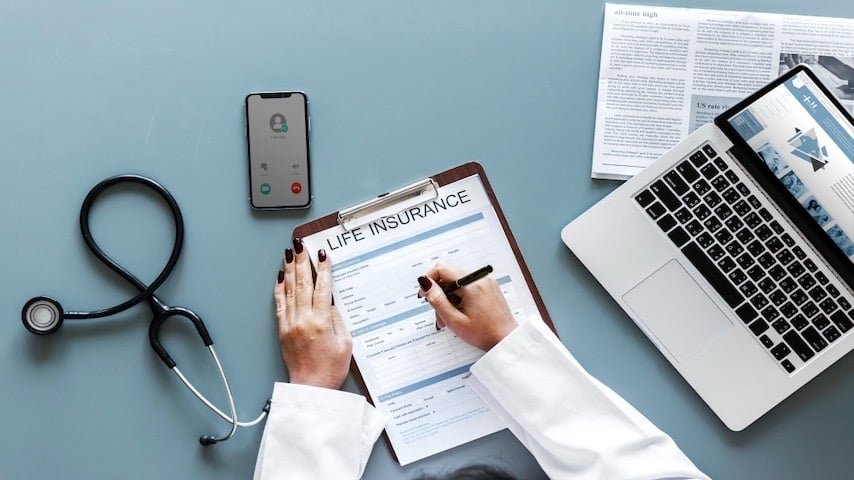In the world of voice-overs, the kind of audio format you pick really matters. It’s like choosing the right paint for a masterpiece – it can either make your work shine or leave it looking dull. But sometimes, this aspect gets overlooked.
Imagine a fantastic story being told with a voice that sounds strange, or a recording that doesn’t quite sound right. That’s why we’re here to talk about audio formats – the behind-the-scenes part that impacts how your WAV or MP3 voice-overs sound.
In this article, we’ll chat about WAV, MP3, and others, without making it too complicated. Our goal is to help you understand which audio format works best for your WAV or MP3 voice-overs projects. So, let’s dive in and make your WAV or MP3 voice-overs sound amazing!
Understanding WAV and MP3
Let’s break it down. WAV and MP3 are two types of audio formats, like how you can have different types of ice cream – vanilla and chocolate, for example.
WAV (Waveform Audio File Format): Think of WAV like a big container that holds all the details of your audio. It’s like having a huge backpack to carry all your stuff. With WAV, nothing is left behind – it keeps everything just as it is, no changes. That’s why people often say WAV gives you the clearest and most detailed sound.
MP3 (MPEG-1 Audio Layer 3): On the other hand, MP3 is like a clever backpacker who packs only what’s essential and leaves out the extra stuff. It takes some things away to make the audio file smaller and more manageable. This can be useful when you need to save space or share it online, but it might lose a tiny bit of sound quality in the process.
The main difference between the two is that WAV keeps everything, while MP3 trims down some bits to make the file smaller. It’s a bit like the choice between having all the toppings on your pizza or just a few – it depends on what you need for your project. So, that’s the scoop on WAV and MP3.
The Impact of Audio Quality
Let’s talk about why audio quality is super important in voice-over projects, but don’t worry, it’s not too tricky to understand.
Audio Quality Matters: So, when we say “audio quality,” we mean how clear and good something sounds. In voice-overs, this is crucial because it’s all about people hearing the voice clearly and feeling connected to the message. Imagine trying to watch a blurry video – you’d miss out on the details, right? It’s the same with voice-overs; good audio quality helps you understand and enjoy what’s being said.
WAV – Like the Top-Notch Option: WAV is like the top-tier choice for audio quality. It’s like having a super clear picture on your TV – you see every detail. With WAV, it keeps everything as it is, like a mirror reflecting the sound perfectly. That’s why it’s often used in professional studios, where they need the best quality for things like recording music.
MP3 – Balancing Act: MP3, on the other hand, is like a balance between quality and storage space. It’s like having a good picture on your TV, not super clear but still enjoyable. MP3 takes away some extra bits to make the file smaller, so it’s easier to share or store. This can be handy, especially when you have limited space on your computer or want to put music on your phone.
Audio quality is vital in voice-over projects to make sure people hear things clearly. WAV gives you the clearest sound like a high-definition TV, while MP3 is like a regular TV that’s still good but not as crystal clear. It’s all about finding the right balance for your needs.
Storage and Distribution Considerations
Let’s chat about something practical: how audio formats affect the space your voice-overs take up and how easy it is to share them.
File Size – Like Stuff in Your Backpack: Think of your audio file like stuff in a backpack. WAV, being super detailed, is like having a backpack full of things – it takes up a lot of space. On the other hand, MP3 is like having a smaller backpack with only the essentials, so it’s much lighter and takes up less space on your computer or phone.
Storage Requirements – How Much Space You Need: This is about how much room you need to keep your audio files. WAV, because it keeps everything, needs more space, just like a wardrobe with lots of clothes. MP3, being more compact, is like having a smaller wardrobe – it doesn’t take up as much space.
Bandwidth – Sharing and Streaming: Now, think of bandwidth as the road for sharing and streaming your voice-overs. MP3 is like a smaller road – it’s easier to send your files to others, like sharing a picture with a friend. WAV, with its big size, is like a wider road – it needs more space to travel and might take longer to share or stream.
MP3 is great for sharing and streaming because it’s small and quick, like a small backpack on a light road. WAV is detailed but takes up more space and might need a wider road for sharing. It’s all about choosing what fits your needs best.
Use Cases and Recommendations
Let’s talk about when to use WAV and when MP3 makes more sense. It’s a bit like choosing the right tool for the job.
WAV – Best for Pro Stuff: WAV is like a top-quality tool in a professional workshop. It’s fantastic for things like professional music studios, where every tiny sound detail matters. Musicians and big-time voice-over pros love WAV because it keeps everything as clear as day. If you’re working on something that needs to sound top-notch, like a movie soundtrack or a high-end voice-over, WAV is the go-to choice.
MP3 – Handy for Everyday Stuff: MP3 is like the tool you’d grab for everyday tasks. It’s like using a regular, reliable tool for common jobs. If you’re sharing voice-overs online or streaming music on platforms like Spotify, MP3 is super handy. It’s like sending a quick message to a friend – simple and efficient. MP3 makes your files smaller and easier to handle, so it’s perfect for everyday situations.
If you’re doing something big and fancy, WAV is your best friend. But if you’re doing everyday stuff like sharing voice-overs online or playing music on your phone, MP3 is the way to go. It’s like choosing the right tool for the job at hand.
Making the Informed Choice
Choosing between WAV and MP3 isn’t as tricky as it might seem. It’s a bit like picking the right clothes for different weather – you just need to know what works best for your situation.
Consider Your Needs – Just Like Choosing Clothes: Think about what you need. If you want the absolute best quality, like when you’re recording something important in a studio, go for WAV. It’s like wearing a warm coat in winter; it’ll keep you snug.
MP3 for Everyday Stuff – Like Wearing a T-Shirt: If you’re doing everyday things like sharing your voice-overs online or playing music on your phone, MP3 is like wearing a comfy t-shirt – it’s practical and easy. It won’t take up too much space, and it’s quick to share.
Ask the Pros – Like Getting Fashion Advice: If you’re not sure what’s best for your project, it’s like asking a fashion expert for advice. In this case, reach out to professionals who know their audio formats – they’ll guide you to the right choice. It’s like asking a stylist to help you pick the right clothes for an event.
The key is to think about what you’re doing and what you need. If you’re not sure, don’t hesitate to get help from the experts – just like asking a stylist for fashion advice. It’s all about making the right choice for your specific situation.
FAQs
What is the difference between MP3 and WAV?
MP3 and WAV are two different types of audio formats. WAV offers high-quality sound, like a top-grade photograph. It keeps everything clear but takes up more space. On the other hand, MP3 is like a compressed version – it’s smaller and easier to share or stream, like a compressed photo. So, the main difference is in the file size and sound quality.
When should I choose WAV over MP3?
WAV is excellent when you need the best sound quality, like in professional studios or high-end voice-overs. Think of it like using a professional camera for the sharpest photos. WAV is your go-to for top-notch audio.
Is MP3 suitable for online sharing and streaming?
Absolutely! MP3 is like a quick message – it’s perfect for sharing voice-overs online or playing music on streaming platforms. It’s smaller in size, making it practical for everyday use.
Can GoLocalise assist in choosing the right format for my project?
Yes, definitely! Just like seeking fashion advice from a stylist, GoLocalise can help you make the right audio format choice based on your specific needs. They have the expertise to guide you in the right direction, ensuring your voice-overs sound their best.
What should I consider when deciding between MP3 and WAV for my voice-overs?
Think about what you’re doing. If it’s something important or requires top-notch quality, go for WAV. If it’s everyday stuff, like sharing online or streaming, MP3 is a practical choice. Remember to match the tool with the task, just like choosing the right clothes for the weather.
Final Thoughts
In wrapping up our journey through the world of audio formats for voice-overs, let’s take a moment to recap what we’ve learned.
Audio format choice is like the foundation of a building – it’s the base upon which the entire structure rests. Whether you opt for the rich, uncompressed clarity of WAV or the practical efficiency of MP3, your choice influences the way your voice-overs are heard and enjoyed.
Key Takeaways:
- WAV offers pristine, studio-grade quality, making it ideal for professional studios and high-end voice-overs.
- MP3 balances quality and efficiency, perfect for online distribution and streaming platforms.
Remember, the right choice depends on your specific needs and the context of your project. Just as you’d choose the right clothes for an occasion, selecting the appropriate audio format ensures your voice-overs sound their best.
For all your voice-over needs, consider GoLocalise as your trusted resource. Their expertise and guidance can help you make the perfect audio format choice, ensuring your voice-overs shine.
Ready to take your voice-overs to the next level?
We invite you to explore GoLocalise’s voice-over services. Our team of professionals is here to assist you in making informed decisions and achieving outstanding results.
Here’s how you can get in touch:
- Visit our website: GoLocalise Voice-Over Services
- Contact us for personalised consultations: Contact GoLocalise
- Explore our resources and insights: GoLocalise Blog
Don’t hesitate to reach out – we’re here to help you make the right audio format choice with expert guidance. Your voice-overs deserve nothing less than the best, and we’re here to ensure they shine brightly.


